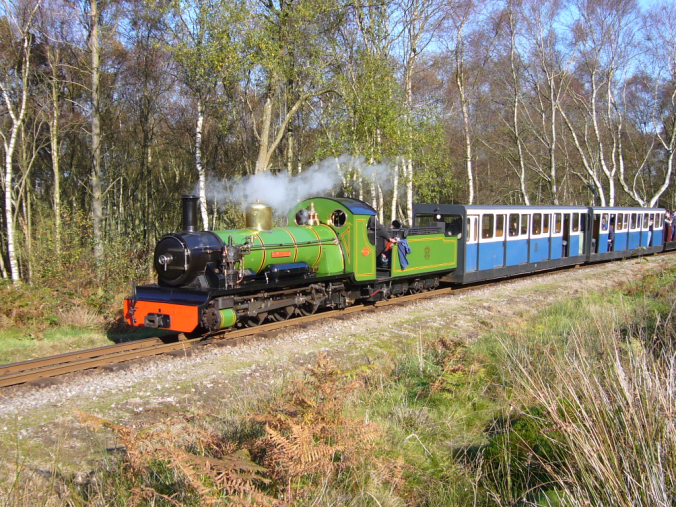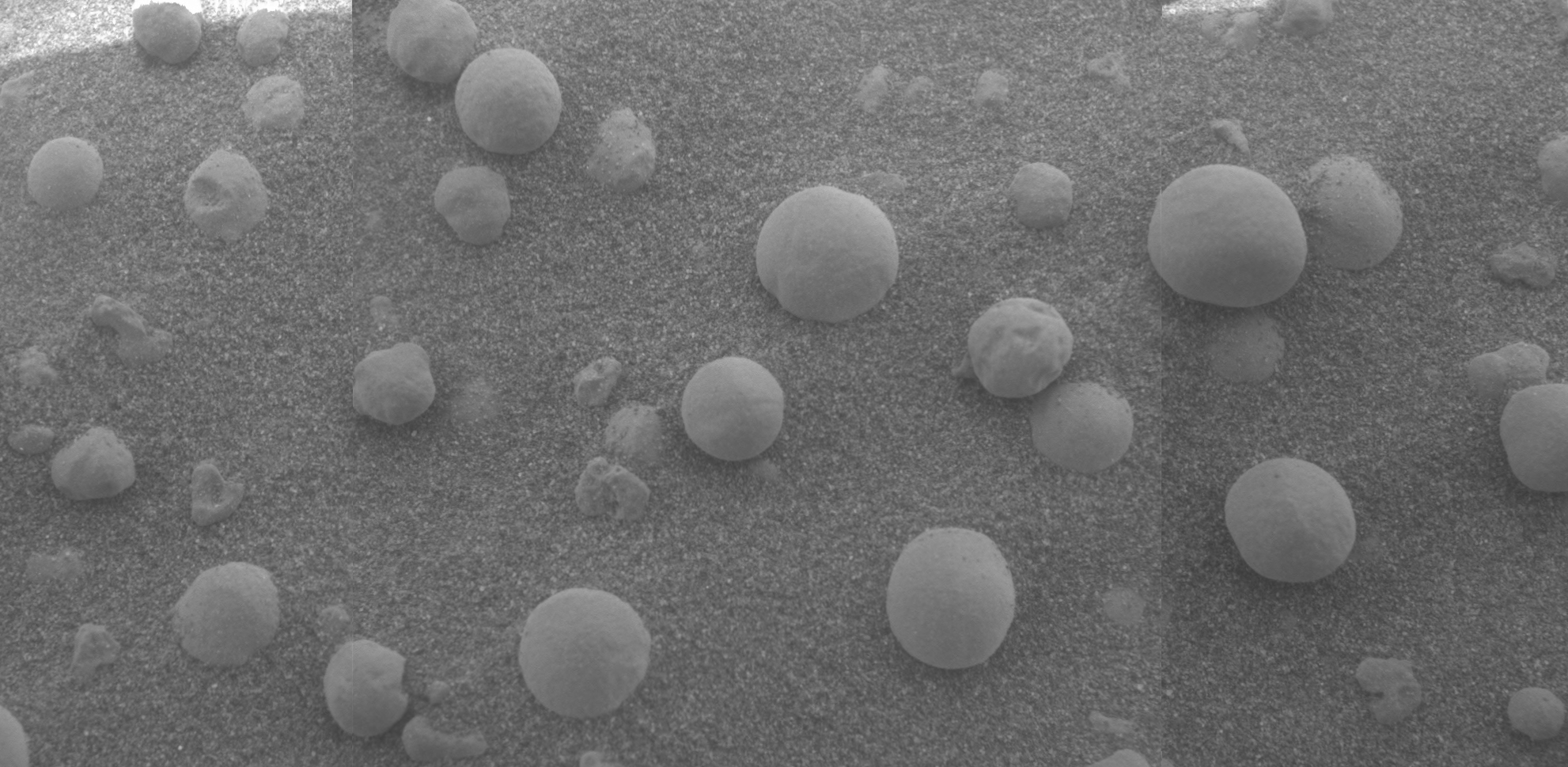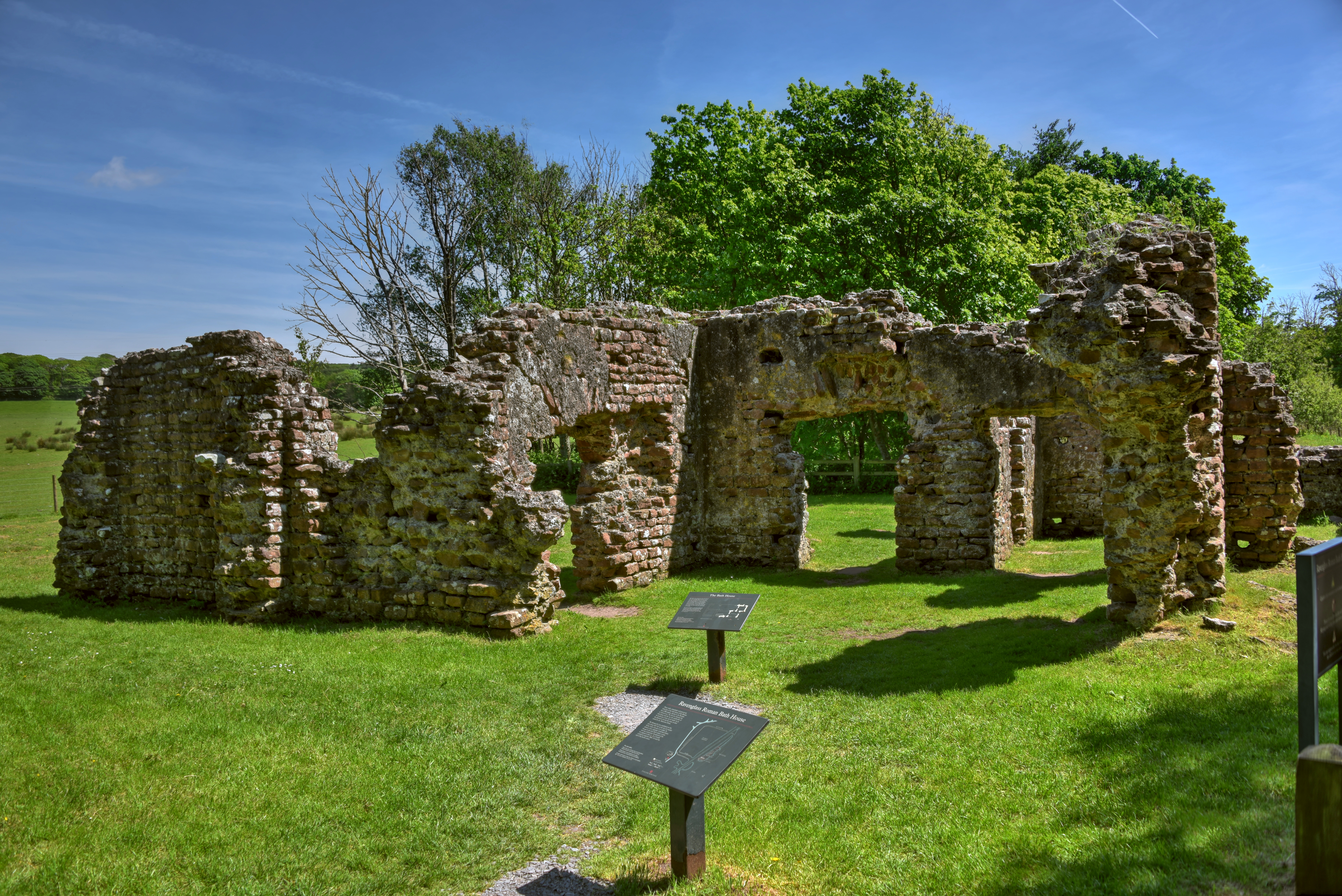|
Ravenglass And Eskdale Railway
The Ravenglass and Eskdale Railway is a minimum-gauge railway, minimum-gauge heritage railway in Cumbria, England. The line runs from Ravenglass to Dalegarth for Boot railway station, Dalegarth Station near Boot, Cumbria, Boot in the valley of Eskdale, Cumbria, Eskdale, in the Lake District. At Ravenglass the line ends at Ravenglass railway station (R&ER), Ravenglass railway station on the Cumbrian Coast Line. Intermediate stations and halts are at Muncaster Mill railway station, Muncaster Mill, Miteside Halt railway station, Miteside, Murthwaite Halt railway station, Murthwaite, Irton Road railway station, Irton Road, The Green railway station, The Green, Fisherground railway station, Fisherground and Beckfoot railway station, Beckfoot. The railway is owned by a private company and supported by a preservation society. The oldest locomotive is ''River Irt'', parts of which date from 1894, while the newest is the diesel-hydraulic ''Douglas Ferreira (locomotive), Douglas Ferr ... [...More Info...] [...Related Items...] OR: [Wikipedia] [Google] [Baidu] |
Ravenglass And Eskdale Railway River Irt
Ravenglass is an English coastal village in west Cumbria that lies between Barrow-in-Furness and Whitehaven, on the estuary of three rivers: the River Esk (Ravenglass), Esk, River Mite, Mite and River Irt, Irt. It is the only coastal village in the Lake District National Park. Formerly in the Cumberland, historical county of Cumberland, it is now part of the Muncaster, Cumbria, civil parish of Muncaster, the Cumberland (unitary authority), unitary authority of Cumberland, and the Cumbria, ceremonial county of Cumbria. History The village dates back to at least the 2nd century, when it was an important naval base for the Ancient Rome, Romans. The Latin name of the settlement was long thought to be ''Glannoventa''. The discovery of a lead seal in excavations at the Roman fort during the 1970s named the ''Cohors Prima Aelia Classica'' (First Cohort of Hadrian's Marines). This unit is listed in the ''Notitia Dignitatum'' as being garrisoned at ''Itunocelum'' during the fourth cent ... [...More Info...] [...Related Items...] OR: [Wikipedia] [Google] [Baidu] |
Irton Road Railway Station
Irton Road railway station is a railway station on the 15 in gauge Ravenglass & Eskdale Railway in the Lake District National Park and the English county of Cumbria. The station is situated on the western edge of the village of Eskdale Green. It is some from Ravenglass and from Dalegarth for Boot, and trains take 20 minutes to reach their destinations in either direction from this station. History Originally named ''Hollowstones'', after the adjacent farm, it opened to passengers in 1876, when the line was still in its 3' gauge form. The station building was the only one on the line to be built from stone rather than wood, and as such, is the only station building to survive from the original railway. The station served the western end of the village of Eskdale Green as well as upper Mitedale, and as such, was one of the more important stations on the line for both passengers and local goods traffic. The station closed to passengers in 1908 and the goods traffic in 1913, b ... [...More Info...] [...Related Items...] OR: [Wikipedia] [Google] [Baidu] |
Furness Railway
The Furness Railway (FR) was a railway company operating in the Furness area of Lancashire in North West England. History Formation In the early 1840s, the owners of iron ore mines in the Furness district of Lancashire became interested in a waggonway from their mines to Barrow; the project was adopted and expanded by the Duke of Buccleuch and the Earl of Burlington. Advertisements in 1843 announced a scheme, supported by their Lordships, for a Furness Railway to link Ulverston 'the capital of the district', iron ore mines (at Dalton-in-Furness) and slate mines (at Kirkby-in-Furness) with the coast at Barrow harbour and at Piel pier. Traffic on the line would be horse-drawn, but the line was to be laid out to allow easy conversion to the use of steam power.(advertisement): A survey had already been carried out by James Walker. "The primary object of this undertaking" explained a subsequent advertisement "is to improve the present very dilatory provision for the transport ... [...More Info...] [...Related Items...] OR: [Wikipedia] [Google] [Baidu] |
Iron Ore
Iron ores are rocks and minerals from which metallic iron can be economically extracted. The ores are usually rich in iron oxides and vary in color from dark grey, bright yellow, or deep purple to rusty red. The iron is usually found in the form of magnetite (, 72.4% Fe), hematite (, 69.9% Fe), goethite (, 62.9% Fe), limonite (, 55% Fe), or siderite (, 48.2% Fe). Ores containing very high quantities of hematite or magnetite (typically greater than about 60% iron) are known as natural ore or irect shipping ore and can be fed directly into iron-making blast furnaces. Iron ore is the raw material used to make pig iron, which is one of the main raw materials to make steel — 98% of the mined iron ore is used to make steel. In 2011 the ''Financial Times'' quoted Christopher LaFemina, mining analyst at Barclays Capital, saying that iron ore is "more integral to the global economy than any other commodity, except perhaps oil". Sources Elemental iron is virtually absent o ... [...More Info...] [...Related Items...] OR: [Wikipedia] [Google] [Baidu] |
Hematite
Hematite (), also spelled as haematite, is a common iron oxide compound with the formula, Fe2O3 and is widely found in rocks and soils. Hematite crystals belong to the rhombohedral lattice system which is designated the alpha polymorph of . It has the same crystal structure as corundum () and ilmenite (). With this it forms a complete solid solution at temperatures above . Hematite occurs naturally in black to steel or silver-gray, brown to reddish-brown, or red colors. It is mined as an important ore mineral of iron. It is electrically conductive. Hematite varieties include ''kidney ore'', ''martite'' ( pseudomorphs after magnetite), ''iron rose'' and ''specularite'' ( specular hematite). While these forms vary, they all have a rust-red streak. Hematite is not only harder than pure iron, but also much more brittle. The term ''kidney ore'' may be broadly used to describe botryoidal, mammillary, or reniform hematite. Maghemite is a polymorph of hematite (γ-) with the ... [...More Info...] [...Related Items...] OR: [Wikipedia] [Google] [Baidu] |
Muncaster Castle
Muncaster Castle is a privately-owned castle in the parish of Muncaster, Cumbria, England. It stands overlooking the River Esk (Ravenglass), River Esk, about a mile east of the coastal village of Ravenglass. It is recorded in the National Heritage List for England as a designated Grade I Listed building#England and Wales, listed building. History The place is now corruptly known as "Muncaster", which first appeared in a Cumberland church register in 1577, the original name according to all old evidence and records being "Mulcaster", registered in the pipe rolls of Cumberland circa 1150 (also as Molecaster and Mulecaster in 1190 and 1236 respectively). The placename "Muncaster" contains the Latin word ''castra'', meaning "encampment", or "fort". It is suspected that the site of the castle lies on foundations dating to the Roman Britain, Roman era, which, if they exist, may represent a ''castellum'' for the nearby Roman fort of Glannoventa at Ravenglass. The Muncaster esta ... [...More Info...] [...Related Items...] OR: [Wikipedia] [Google] [Baidu] |
Watermill
A watermill or water mill is a mill that uses hydropower. It is a structure that uses a water wheel or water turbine to drive a mechanical process such as mill (grinding), milling (grinding), rolling, or hammering. Such processes are needed in the production of many material goods, including flour, lumber, paper, textiles, and many metal products. These watermills may comprise gristmills, sawmills, paper mills, textile mills, hammermills, trip hammering mills, rolling mills, and wire drawing mills. One major way to classify watermills is by wheel orientation (vertical or horizontal), one powered by a vertical waterwheel through a Gear train, gear mechanism, and the other equipped with a horizontal waterwheel without such a mechanism. The former type can be further subdivided, depending on where the water hits the wheel paddles, into undershot, overshot, breastshot and pitchback (backshot or reverse shot) waterwheel mills. Another way to classify water mills is by an essential tr ... [...More Info...] [...Related Items...] OR: [Wikipedia] [Google] [Baidu] |
Hardknott Pass
Hardknott Pass is a hill pass between Eskdale and the Duddon Valley in the Lake District National Park, Cumbria, England. The tarmac-surfaced road, which is the most direct route from the central Lake District to West Cumbria, shares the title of steepest road in England with Rosedale Chimney Bank in North Yorkshire. It has a maximum gradient of 1 in 3 (about 33%). The pass takes its name from the nearby Hard Knott fell, whose name is derived from the Old Norse ''harthr'' (hard) and ''knutr'' (craggy hill). Geography A single track road runs between Eskdale in the west to the edge of the neighbouring Wrynose Pass in the east. On the western side is Harter Fell and the remains of Hardknott Roman Fort ( above sea level). The Hardknott Pass stands at a maximum elevation of . The road descends steeply at a gradient of 30% (1 in 3) into the Duddon Valley. At the eastern end of the pass is Cockley Beck farm, built in the 1860s and owned by the National Trust. The route f ... [...More Info...] [...Related Items...] OR: [Wikipedia] [Google] [Baidu] |
Hardknott Roman Fort
Hardknott Roman Fort is an archeological site, the remains of the Roman fort ''Mediobogdum'', located on the western side of the challenging Hardknott Pass in the English Lake District. The fort was built between 120 and 138 on a rocky spur, and was initially garrisoned by a detachment of the '' Cohors IV Delmatarum'' from the Dalmatian coast (in modern Croatia). It was abandoned around a decade later, then reoccupied circa 200 and remained in use for much of the next two centuries. The fort is on land owned by the National Trust, part of the Trust's Wasdale, Eskdale and Duddon property, and is maintained by English Heritage. It is in the civil parish of Eskdale, the unitary authority area of Cumberland, and the ceremonial county of Cumbria. Location and name The fort was built on a rocky spur giving a superb view over the River Esk in both upper and lower Eskdale, and protecting Hardknott Pass. At an altitude of 800 feet, it isn't the highest fort in the Roman provi ... [...More Info...] [...Related Items...] OR: [Wikipedia] [Google] [Baidu] |
Ravenglass Roman Bath House
Ravenglass Roman Bath House (also known as Walls Castle) is a ruined ancient Roman bath house at Ravenglass, Cumbria, England. Belonging to a 2nd-century Roman fort and naval base (known to the Romans as ''Itunocelum''), the bath house is described by Matthew Hyde in his update to the Pevsner Guide to Cumbria as "an astonishing survival". The still standing walls are 13 ft (4 m) high, there are patches of the internal rendering, in dull red and white cement, and traces of the splayed window openings remain. The remaining fragment appears to be the west end of a building which was about 40 ft/12 metres wide and about 90 ft/27 metres long (see plan). It consisted of a suite of rooms arranged in a double sequence along the building. The entrance and changing area (''apodyterium'') contains niches, perhaps originally for statues. The use of the other rooms is not known, but there would have been a range of warm rooms, a hot bath and a cold plunge. The north and sou ... [...More Info...] [...Related Items...] OR: [Wikipedia] [Google] [Baidu] |
Douglas Ferreira (locomotive)
The Douglas Ferreira is a 15-inch gauge diesel-hydraulic locomotive that was built in 2005 by TMA Engineering for on the Ravenglass and Eskdale Railway in Cumbria, England. Its wheel configuration is B-B and was named after the Douglas Ferreira, the former General Manager of the railway from 1961 until 1994. It is owned and was designed by a working group from the Ravenglass & Eskdale Railway Preservation Society and now works passenger trains almost every time they are scheduled, specifically the off-peak trains during the summer months and the vast majority of service trains during winter. It worked on the railway in 2006, and in 2007 it travelled between Ravenglass and Dalegarth. The locomotive carries the Indian red livery of the Furness Railway, which worked on the Cumbrian Coast Line until 1922, with the White and Red lining of the T & J Harrison Shipping Line (Ferreira's first employer), colloquially known as "Two of Fat and One of Lean", at the top of the body ... [...More Info...] [...Related Items...] OR: [Wikipedia] [Google] [Baidu] |
Locomotive
A locomotive is a rail transport, rail vehicle that provides the motive power for a train. Traditionally, locomotives pulled trains from the front. However, Push–pull train, push–pull operation has become common, and in the pursuit for longer and heavier freight trains, companies are increasingly using distributed power: single or multiple locomotives placed at the front and rear and at intermediate points throughout the train under the control of the leading locomotive. Etymology The word ''locomotive'' originates from the Latin language, Latin 'from a place', Ablative case, ablative of 'place', and the Medieval Latin 'causing motion', and is a shortened form of the term ''locomotive engine'', which was first used in 1814 to distinguish between self-propelled and stationary steam engines. Classifications Prior to locomotives, the motive force for railways had been generated by various lower-technology methods such as human power, horse power, Gravity railroad, g ... [...More Info...] [...Related Items...] OR: [Wikipedia] [Google] [Baidu] |







